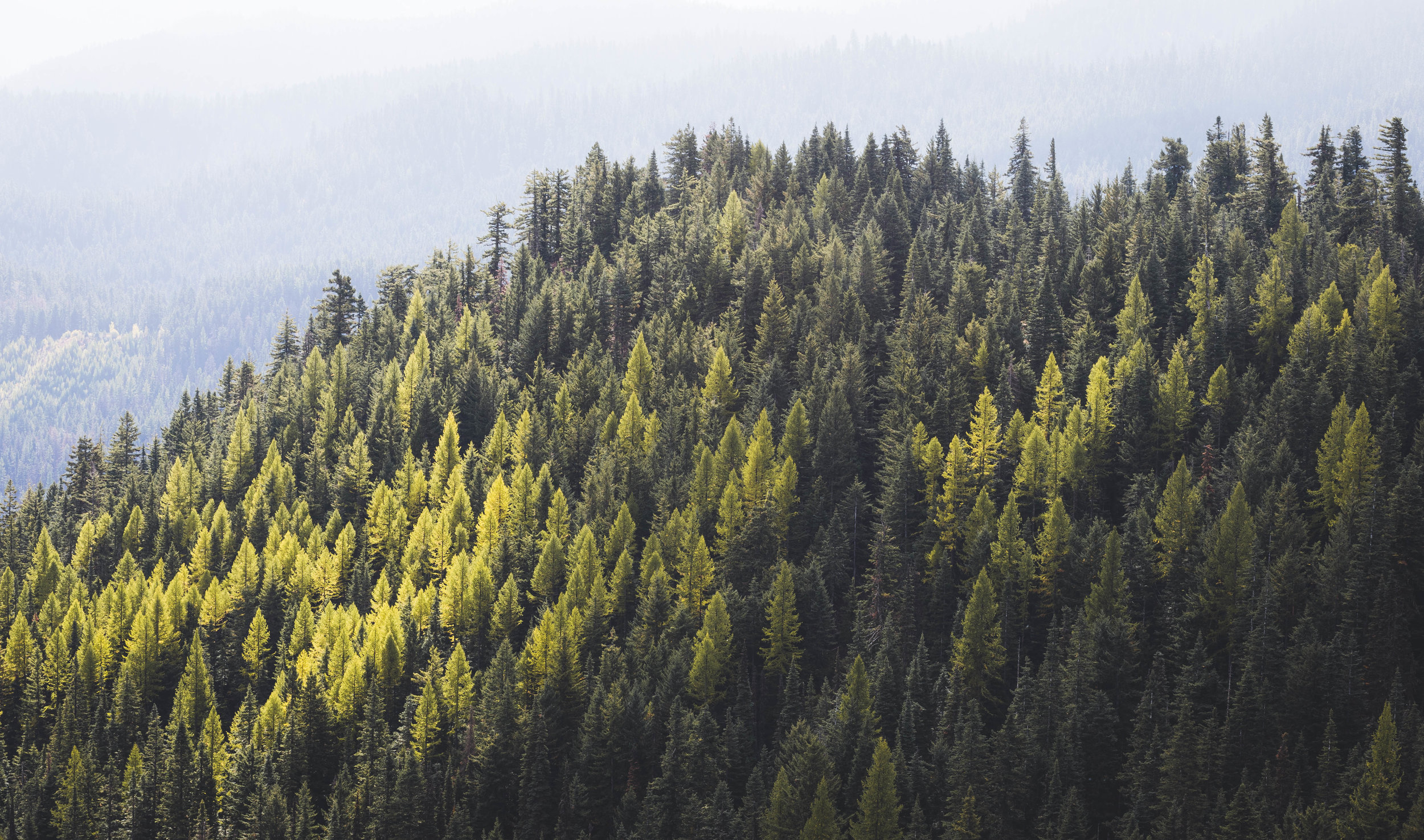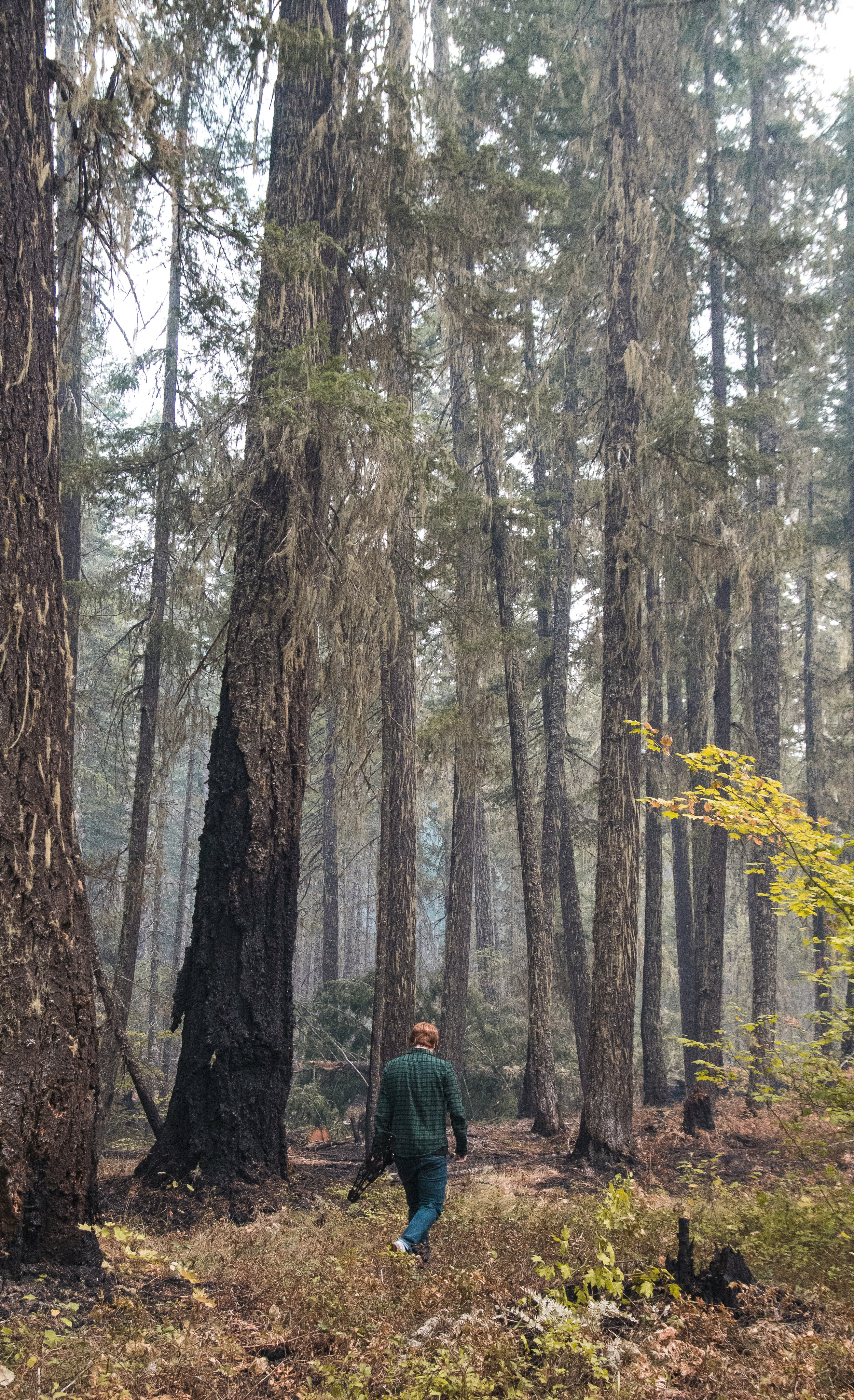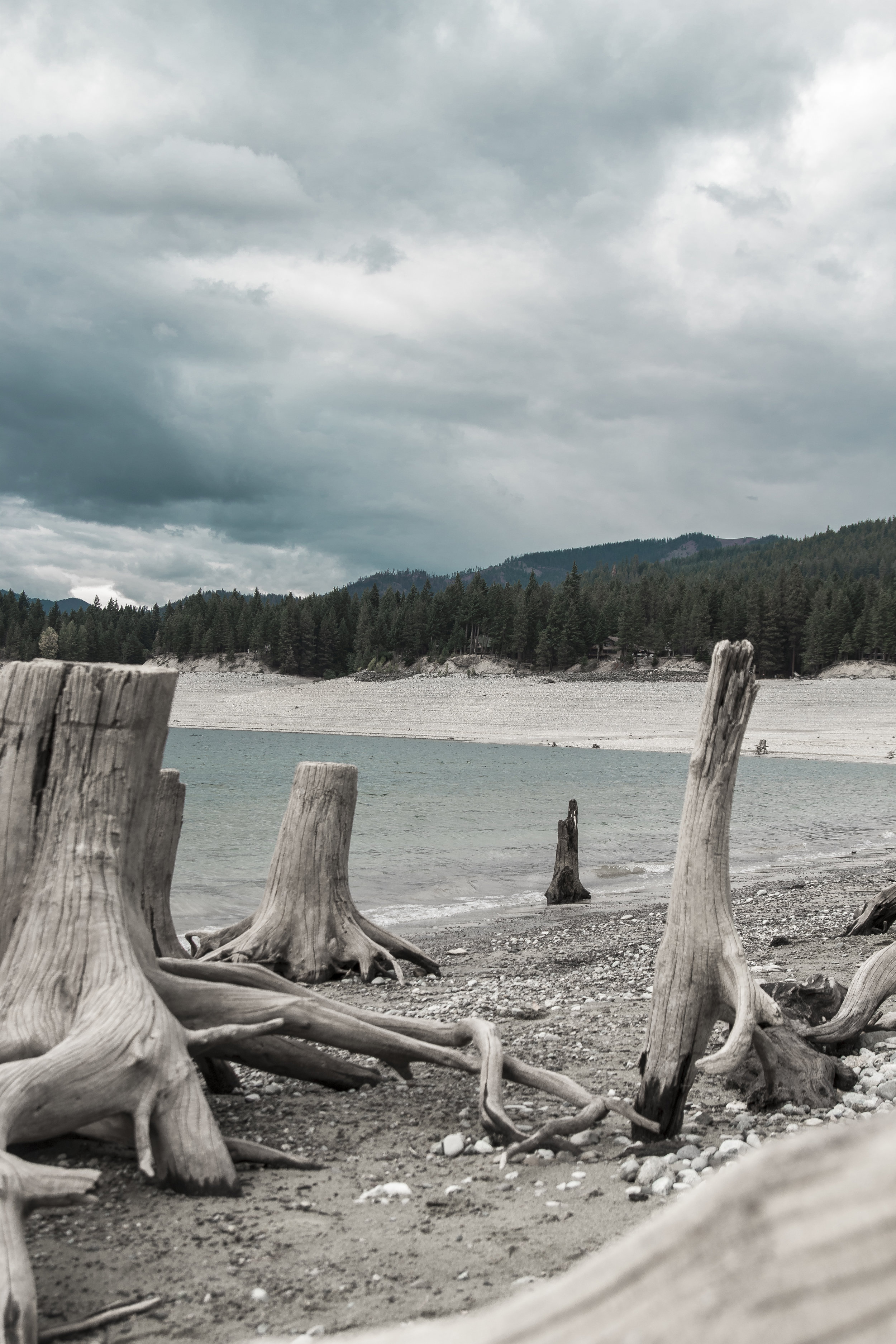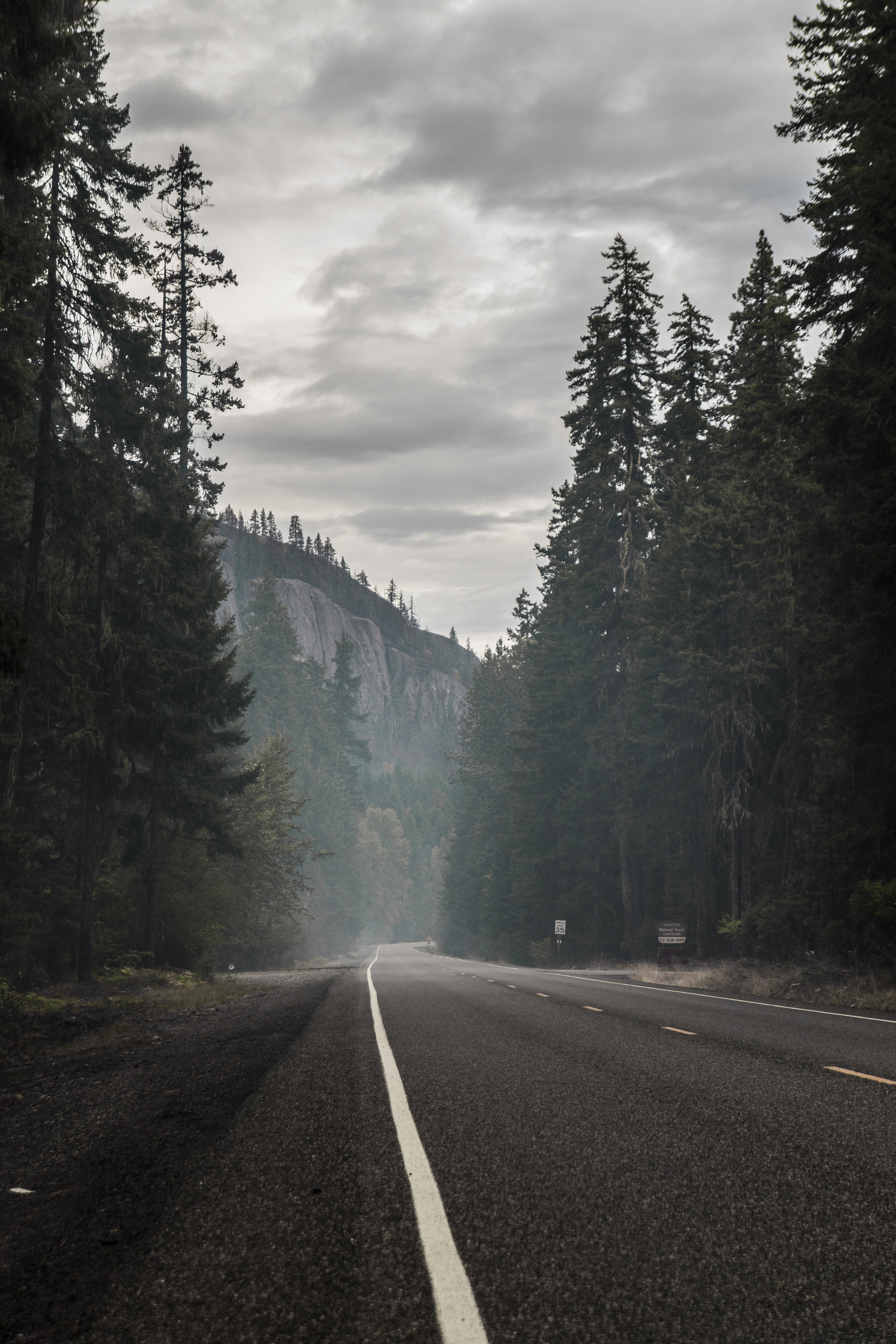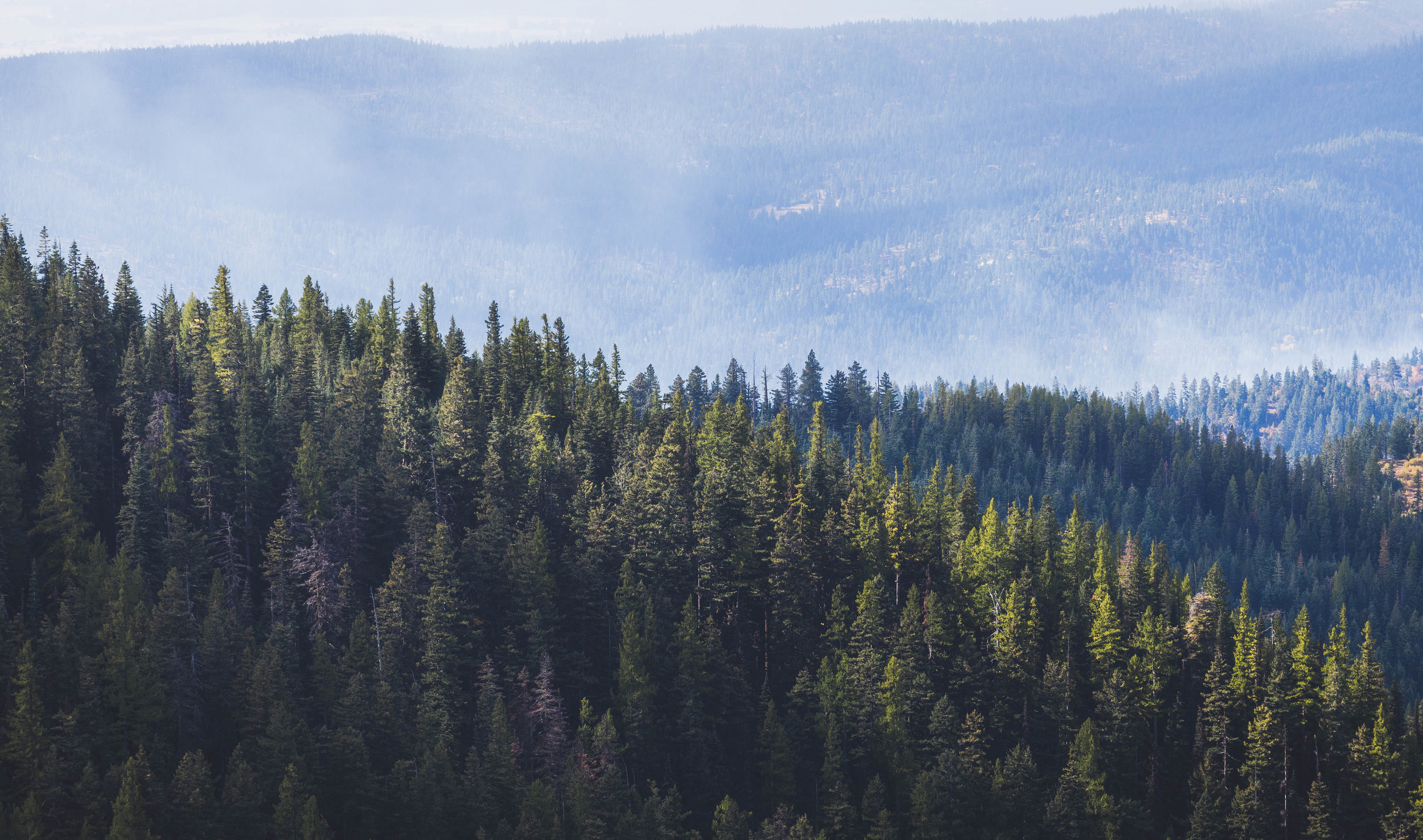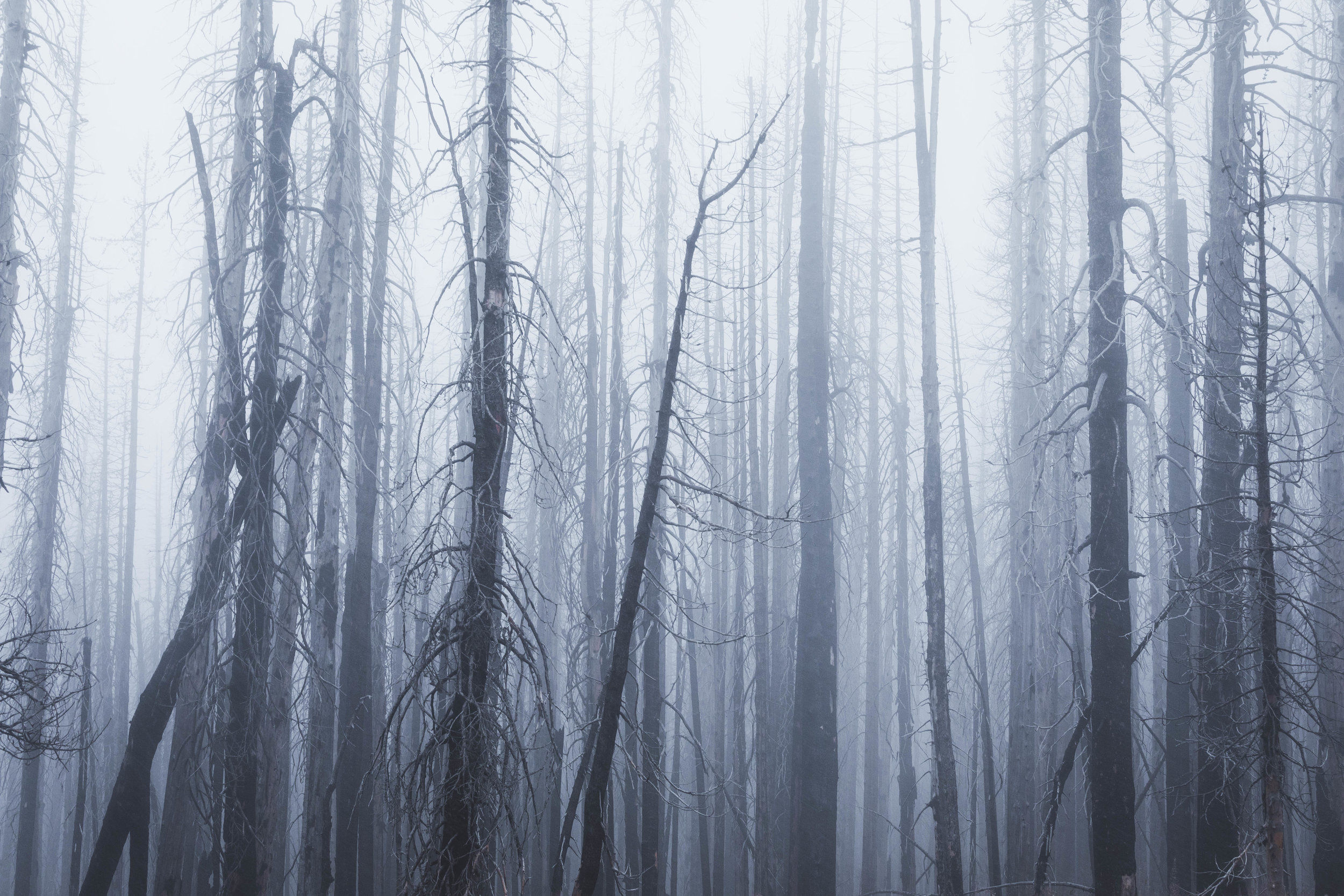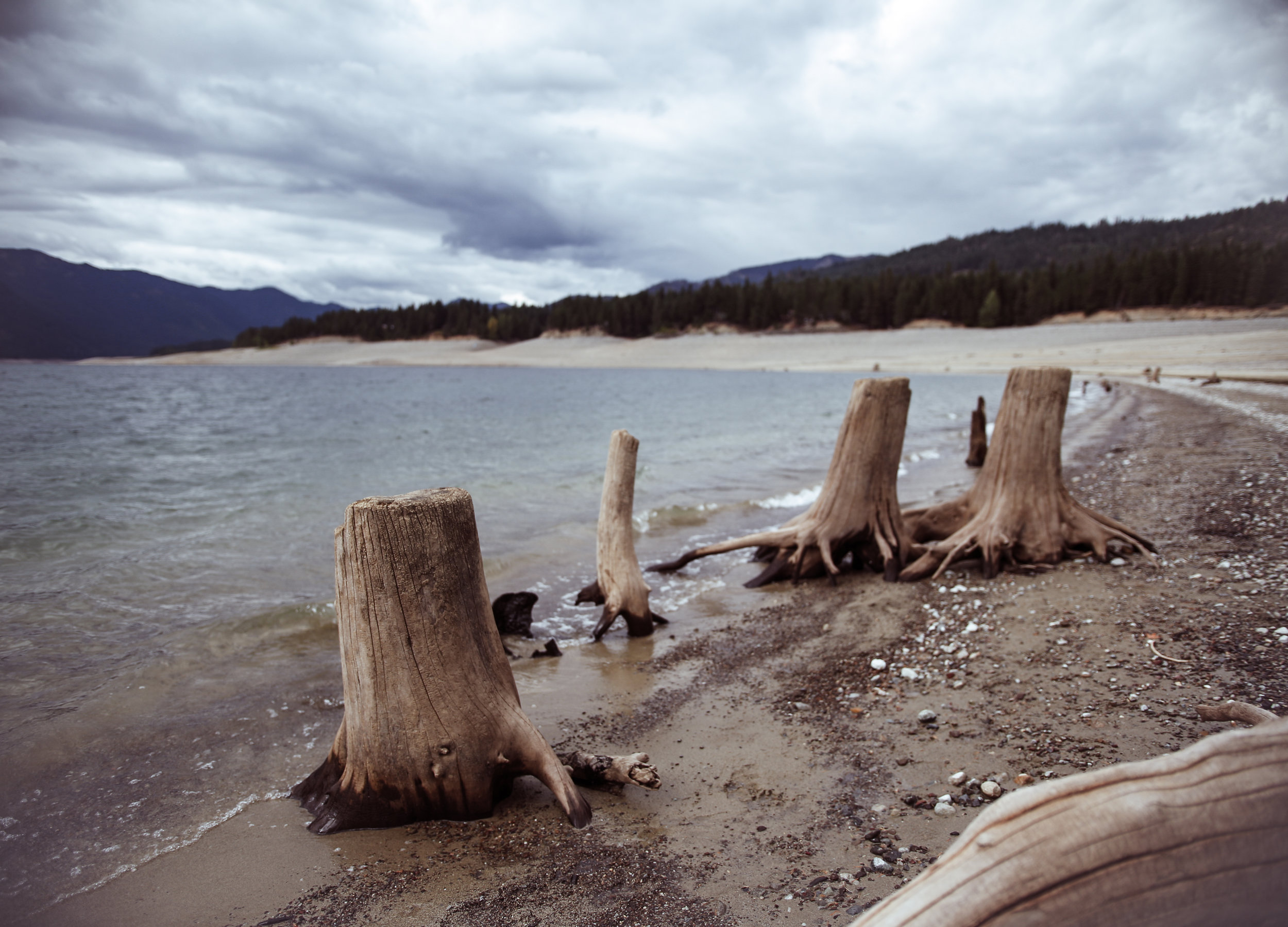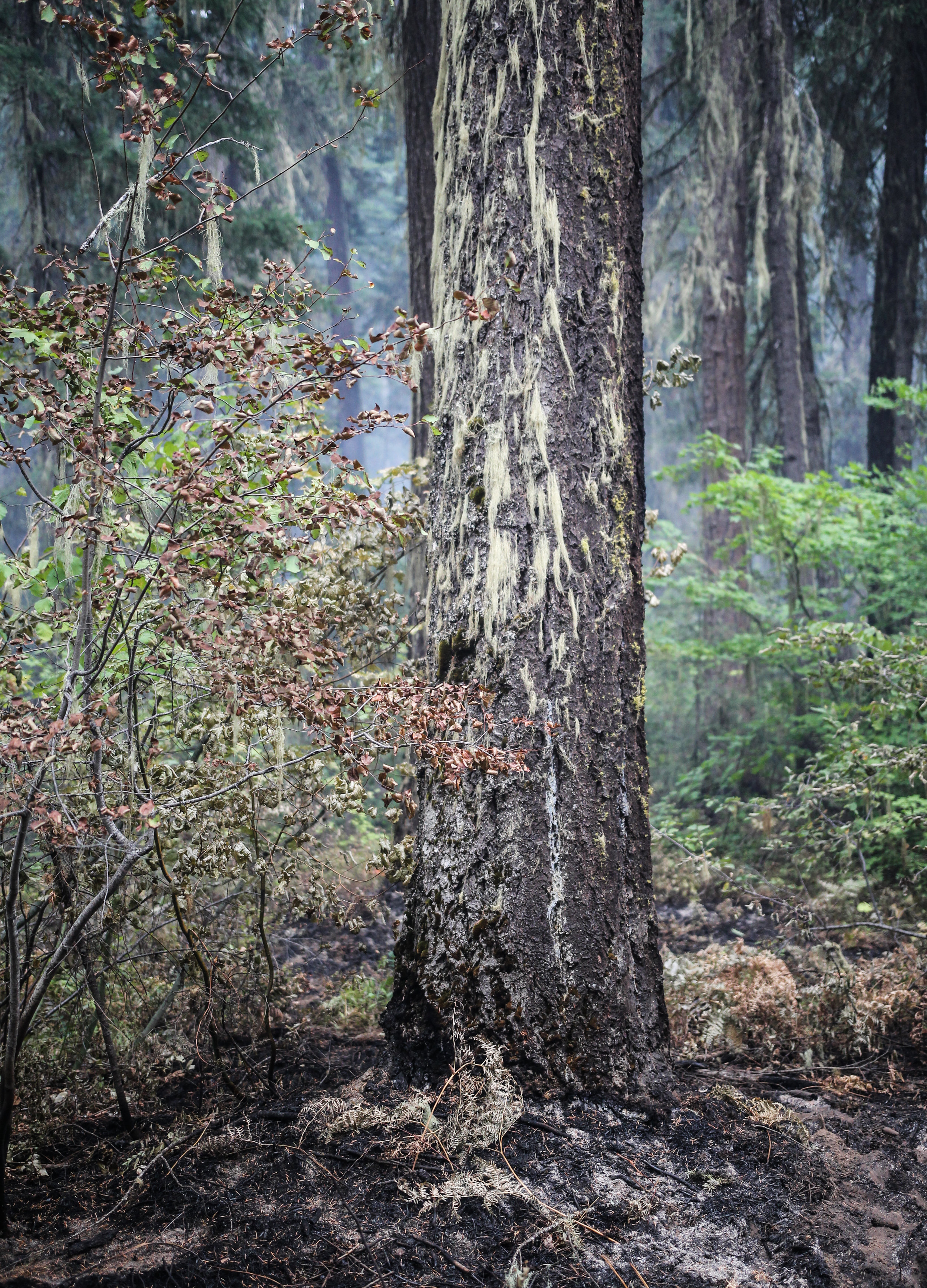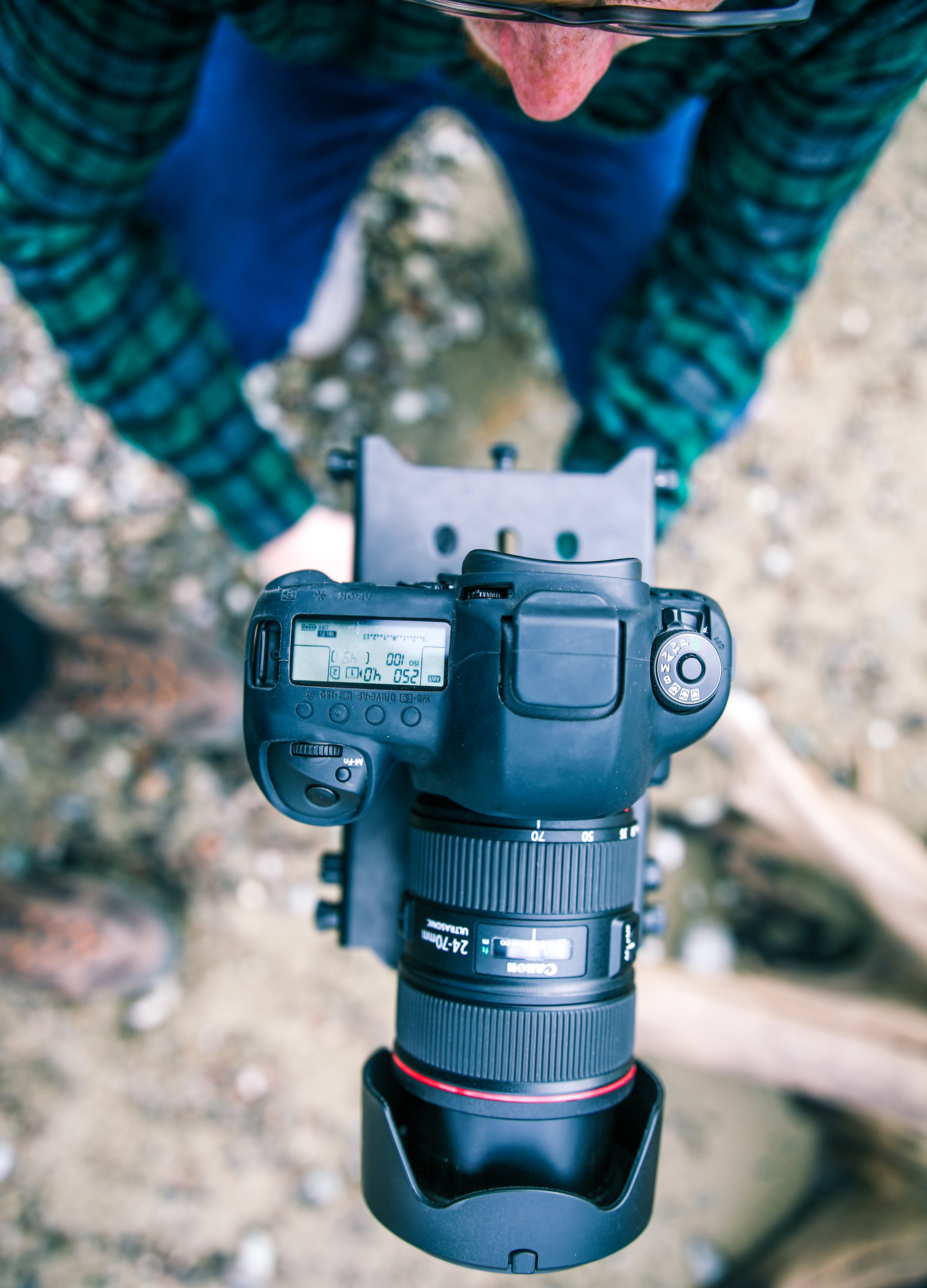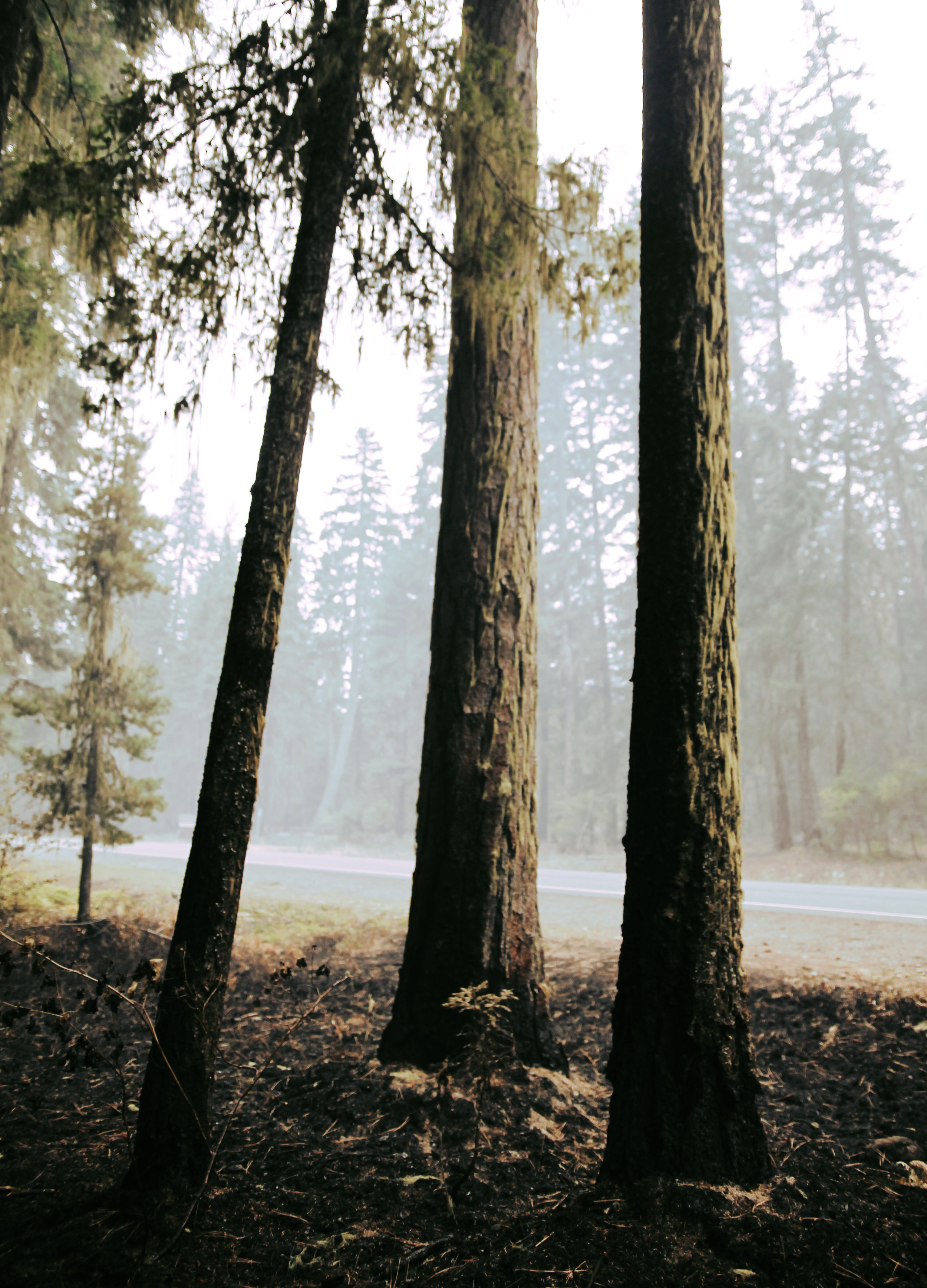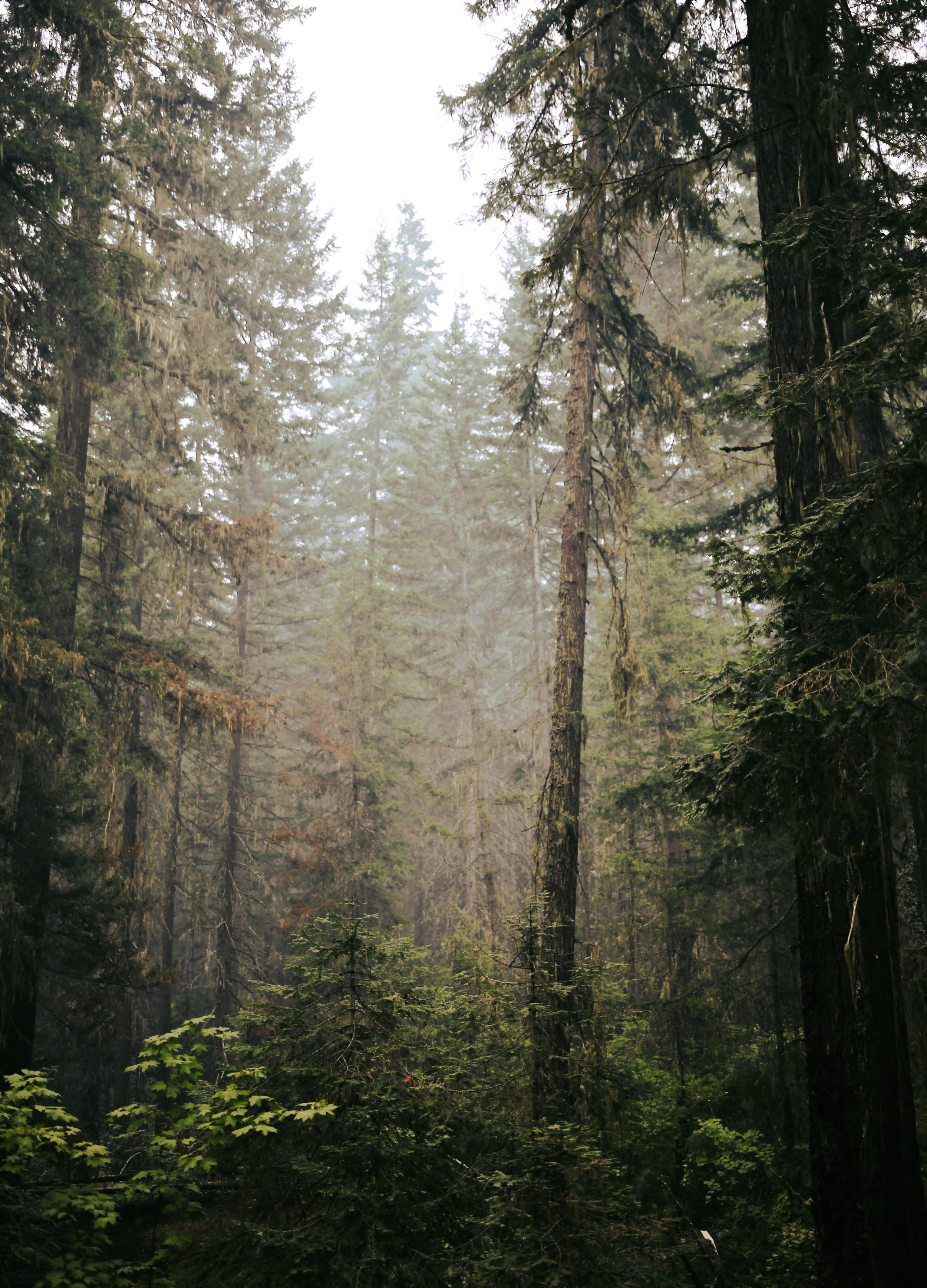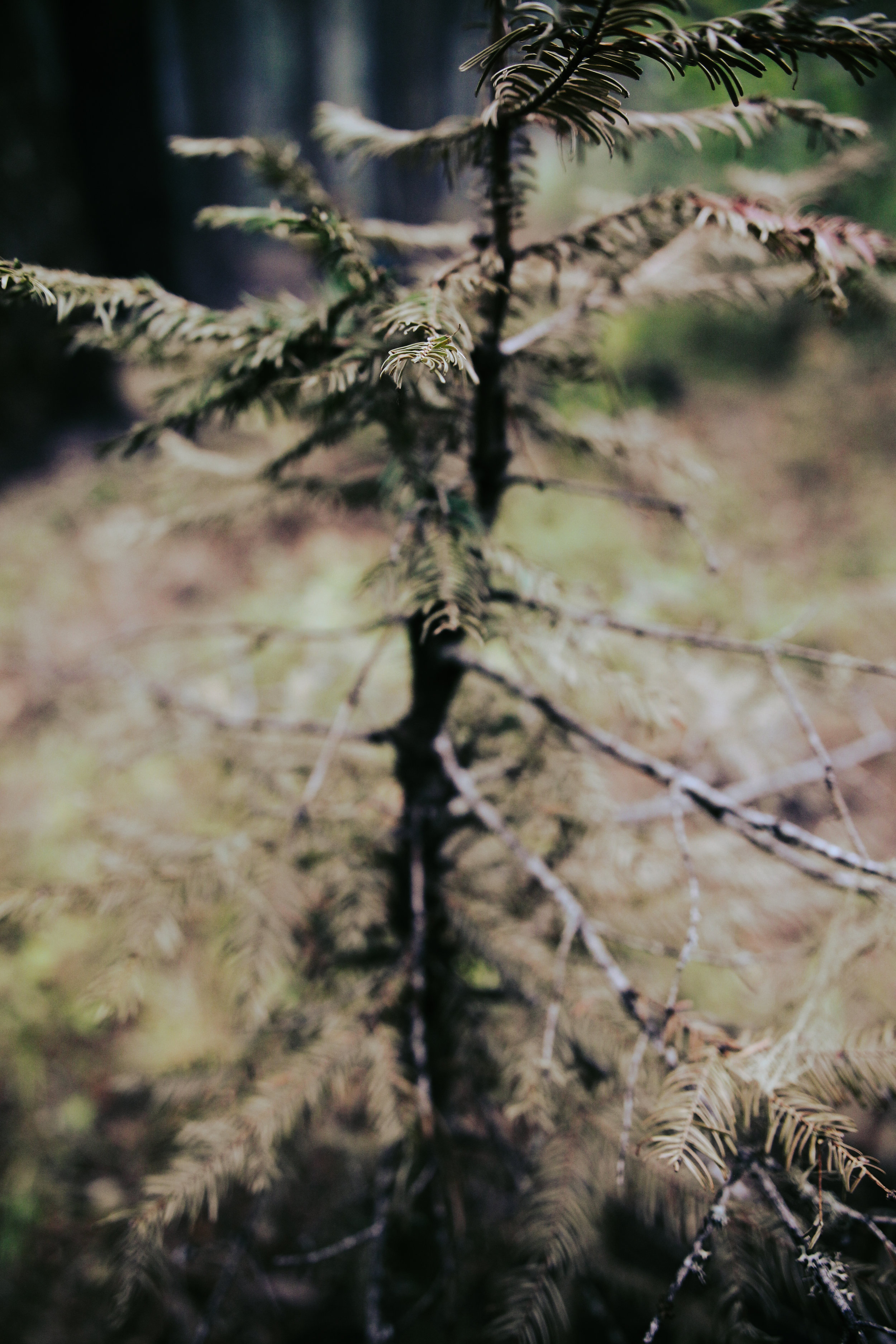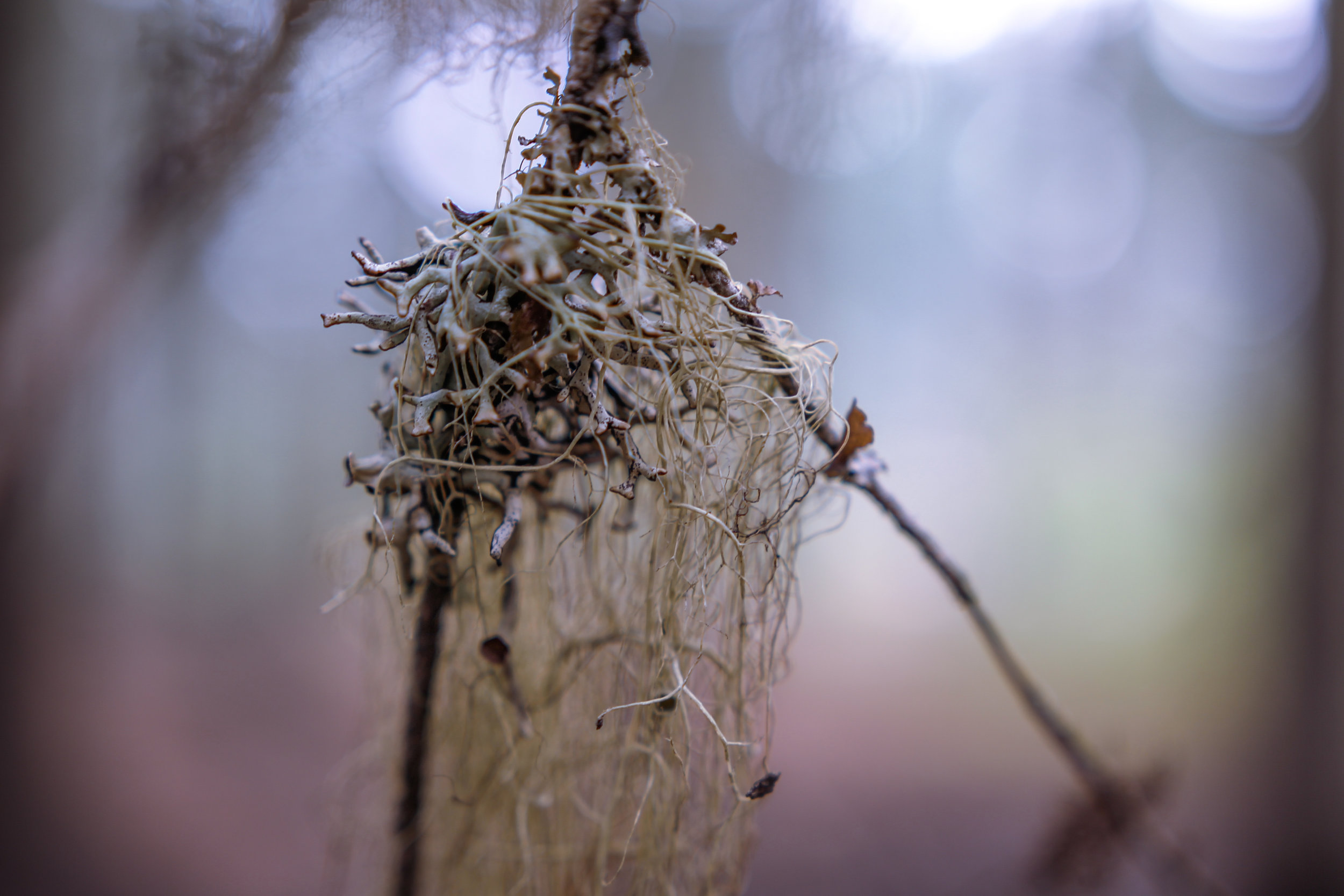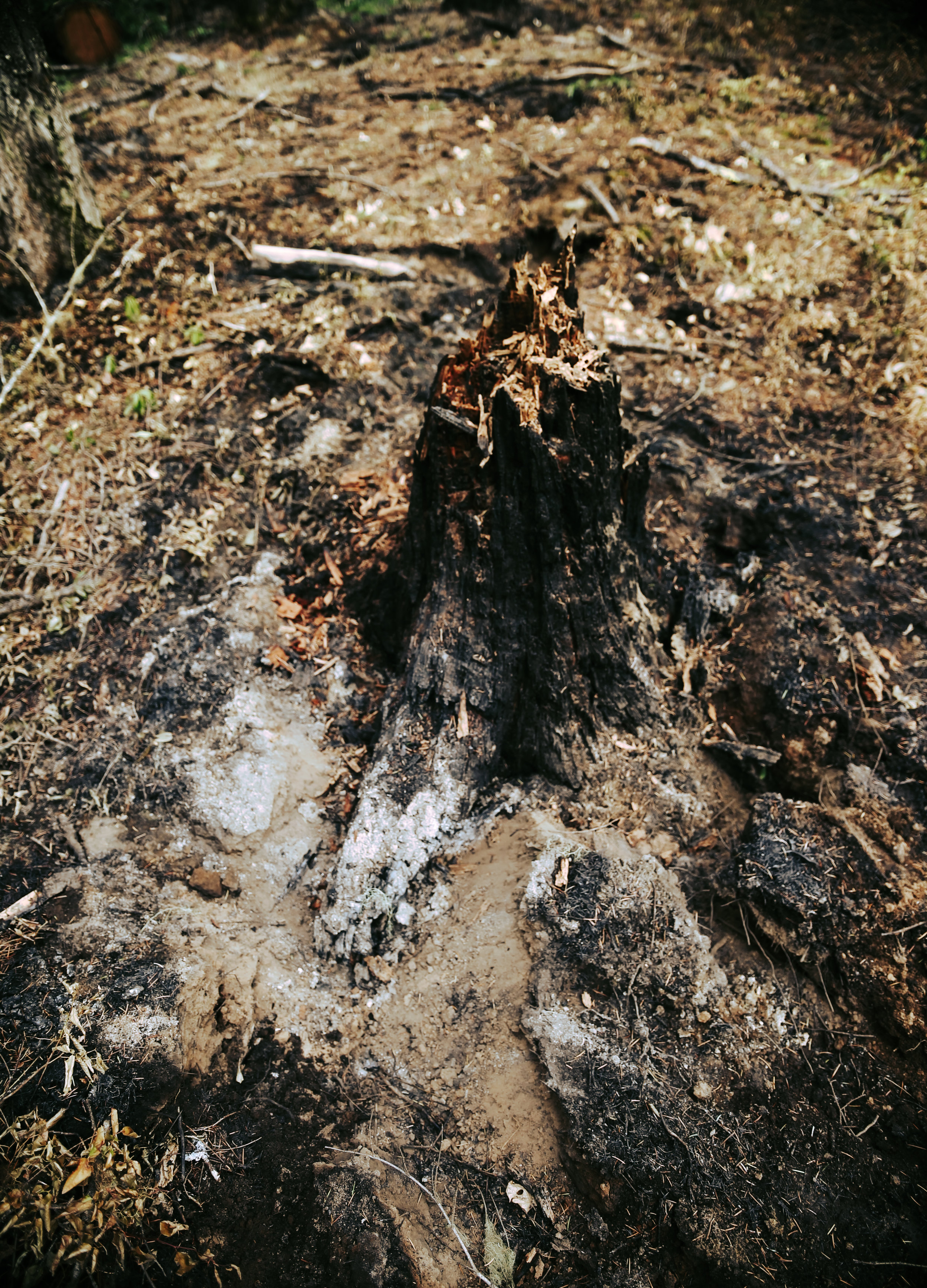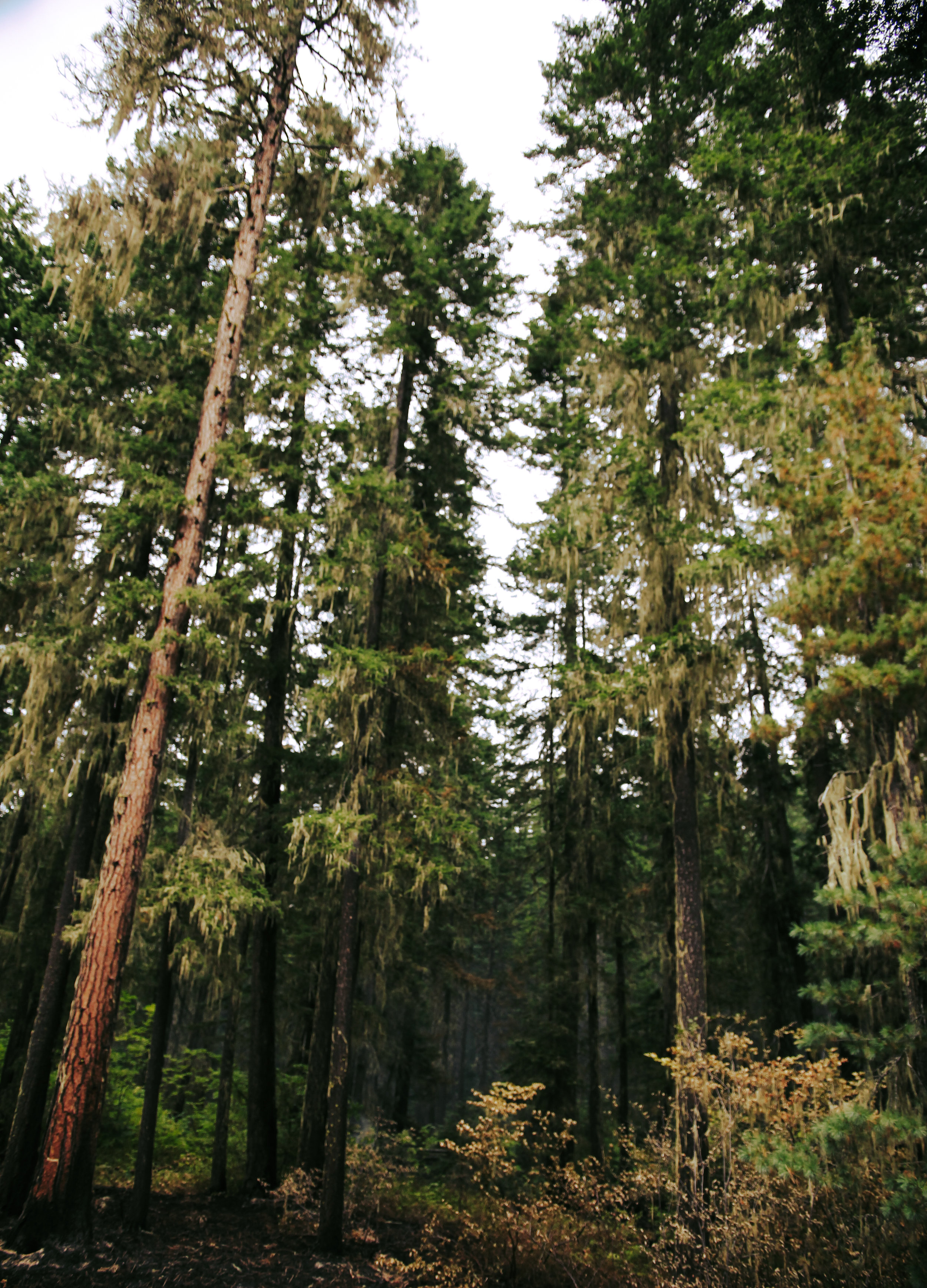Wildfires
Story By Megan Schrenk
Seemingly overnight, a thick, choking fog blanketed the horizon. Ash drifted from the sky like snowflakes arriving months too early, and the pungent smell of smoke hung heavily in the air. Aerial images of dark, dense clouds concealing the mountains below flashed across TV and phone screens. The entire Pacific Northwest appeared on fire.
Governor Jay Inslee issued a state of emergency for every county in Washington, according to the Washington Post. He warned and urged people to stay inside, for their safety and their health.
Most did not dare venture outside as the sun turned red and the hills disappeared. For three adventure-driven photographers, though, this was a chance to capture a different world through their lens.
PULSE photographers Ryan Weier and Jack Lambert share their stories of photographing the remains left behind in the recent Pacific Northwest fires, as displayed in the pictures they captured.
The Chase
“When news broke of widespread wildfire, I immediately grabbed my camera and hit the road,” says Weier, senior Graphic Design student at Central Washington University. “Some things, you simply have to see for yourself.”
Weier clambered into a Jeep with Lambert and Leo Andraca. The trio raced towards the source of the smoke encasing his town of Ellensburg, Washington: The Jolly Mountain fire.
For Lambert, a Central Washington University student studying Digital Journalism, this was not his first encounter with fire.
“The first summer that I experienced a forest fire was when I was in middle school,” says Lambert. “It burned in the wilderness to the north of the Methow Valley. The fire covered the sky with a dark taupe colored smoke. It turned the sun a vile, otherworldly red.”
Despite having past experiences living near, and knowing the possible destruction a fire can cause, Lambert was never truly afraid to confront a blazing beast.
Incident Information Systems, a government-run agency, reported in early August that the Jolly Mountain fire had started with a flash of lightning catching some foliage and setting the fire ablaze. Containment at the time Weier and Lambert left was zero percent.
Despite this, following the winding roads, the team of photographers drove on.
“Through Cle Elum and Roslyn, there was a dark and somber vibe,” says Weier. Everything was quiet. These towns that typically attract colorful hordes of tourists, families and adventurers were reduced to near ghost towns. The threat of evacuation kept everyone on edge.
“The vibrant Cle Elum and friendly Roslyn I knew had been replaced by a grim scene from an apocalypse movie,” Weier recalls remorsefully.
As the team continued toward Jolly Mountain, the smoke got thicker and blacker by
the moment.
“The farther we went, the closer we got to the fires. Eventually, we were on roads that literally passed through clouds of smoke,” says Weier.
Following Highway 10, they grew closer to the source of the smoke that curled around their Jeep. Along the sides of the road, piles of smoldering ash were building up, plumes of smoke still wafting out of them.
Adrenaline pulsed through all three of them as they came to a stop, right before an empty Ranger vehicle that was blocking the road.
They had arrived.
The Grim Reality
No one goes chasing fires hoping to find a rainbow, but no one knows really what to expect or how to be prepared for it.
Weier, Lambert and Andraca left the safety of the Jeep behind to wander into the decimated forest. They trekked past scorched trees that, just a couple days ago, stood tall and regal. Now, they had been reduced to hunched, crippled shells of what they used to be.
“My nostrils burned and my lungs felt as if they were blackening with each breath,” says Weier as he remembered the first several feet of his journey. The fog around them so thick, it was like walking through vapor as it dispersed and clung around them.
“It was powerful being that close to the remnants of a fire,” says Lambert. “The fact that something was powerful enough to blacken and hollow out stumps is sobering,” he continues.
Already, the cinders had grown into substantial drifts. “The ash was so deep, it wasn’t uncom-mon to find yourself sinking in the black snow,” Weier remembers. He continued to move deeper into the forest until he heard a shout from Andraca.
“I looked in his direction to find him standing over scattered bones. My best guess is that they were remains of a deer or coyote,” remembers Weier.
This is the reality of the forest fires. Not every living creature is able to escape to safety, and not every person is able to evacuate and come back to a house still intact. These fires are not just images shown on screens, they cause tangible damage. They can kill.
With sore lungs and bloodshot eyes, the trio walked back to their Jeep. “On our way out, we saw a group of deer seeking refuge, heading towards Lake Cle Elum,” Weier recounts. Limping along, toward the rear of the herd, was a tragic sight: a wounded deer with matted and burnt fur.
“It’s easy to distance yourself from fire,” Lambert says, “but the fact is that they can affect
anyone. Fire is indiscriminate and will devour everything in its path.”
Lambert urges people to take a walk through a forest decimated by a wildfire. “Not to feel bad,” he explains, “but to know that we can prevent them and gain awareness of the consequences if they don’t.”
Seeing the fires from the safe distance of a television screen, and exploring the remnants left behind can have a tremendous psychological impact on an individual.
This past summer, as ash rained down from the sky and putrid smoke burnt nature’s lungs, many people hid away in the comfort of their own homes. But for some, with a heart for adventure and a yearning to see the world through their own eyes, the thought of staying away, cooped up inside, was never an option.

